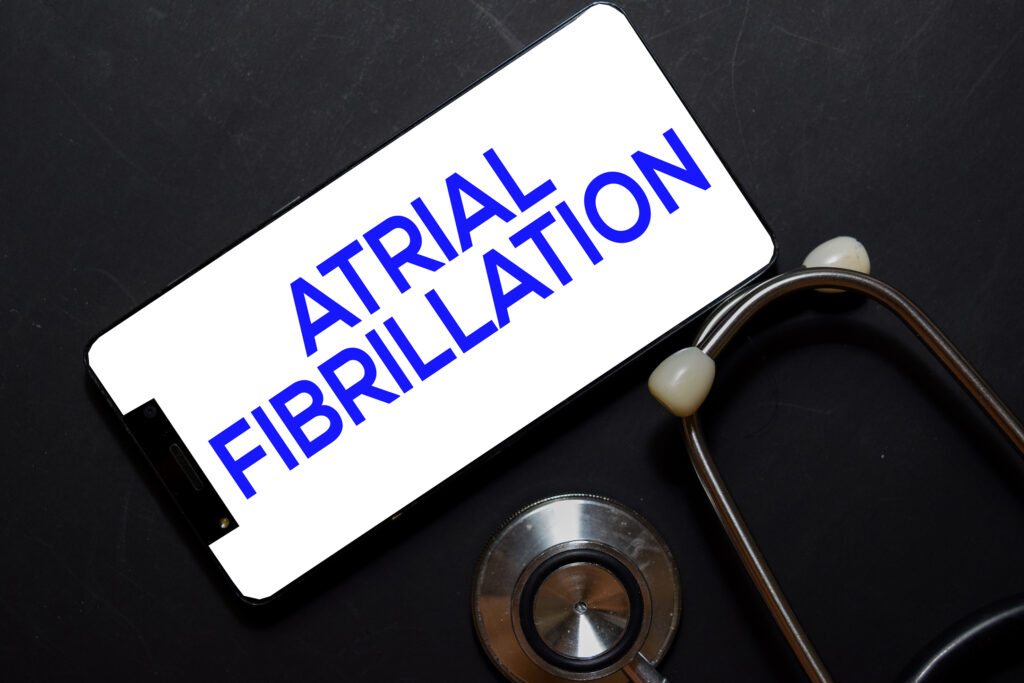Arq. Bras. Cardiol. 2025; 122(1): e20250044
The Search Continues for Better Markers That Aid in the Diagnosis and Prevention of Atrial Fibrillation and its Complications
This Short Editorial is referred by the Research article "Predicting the Propensity of Atrial Cardiopathy and Paroxysmal Atrial Fibrillation in Patients with Embolic Stroke of Undetermined Source (ESUS)".
Can the results from Elbarbary be applied in clinical practice?
To answer this question, several considerations are necessary: since AF is a disease with a complex pathophysiology involving multiple factors, it is unlikely that we will find any biomarkers useful for defining cardiovascular risks in all patients. Although many studies using an adequate number of patients and proper methodology have shown promising results for certain biomarkers in specific patient groups, these findings may not be applicable to a large number of patients. In this context, the most comprehensive marker is undoubtedly age; however, age is almost always associated with comorbidities that sometimes predominate in risk assessments. Furthermore, the biological deterioration that accompanies the aging process is not uniform across individuals or even among different organs.
One study showed that the difference in age as determined by ECG using Artificial Intelligence (AI-ECG) versus chronological age was associated with a risk of mortality related to acute myocardial infarction, heart failure, and AF., These findings highlight the potential of AI-ECG as a new cost-effective biomarker for cardiovascular aging and risk stratification. However, its incorporation into present clinical practice depends on further studies that address gaps identified in the research, such as the reproducibility of findings in the same individual over time and the role of genetic and socioenvironmental factors, in addition to traditional risk factors.,
[…]
157

